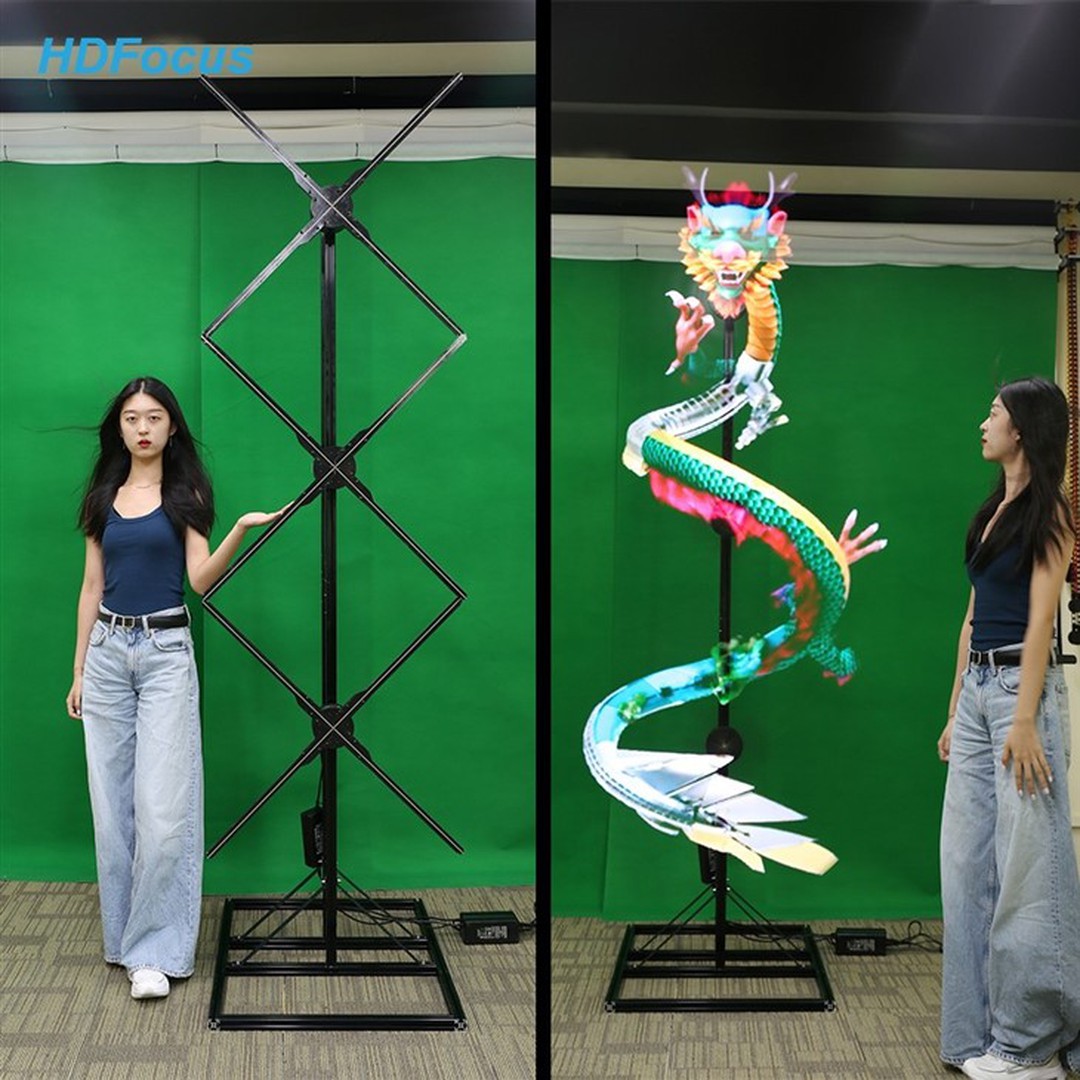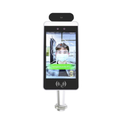How does a 3D hologram projector work?
A 3D hologram projector is a device that uses light diffraction to create a three-dimensional image. It may seem like magic, but the science behind it is quite fascinating. In this article, we'll explore how a 3D hologram projector works.
First, it's important to understand that a hologram is not a photograph or a video. A hologram is a three-dimensional representation of an object created through a process called holography. It involves capturing and recording the interference pattern of light waves from an object or scene using a laser and a photosensitive material. The interference pattern is essentially a complex set of lines, curves, and dots that represents the object's shape and texture.

To project a hologram, the interference pattern is reconstructed by illuminating the recorded material with a laser beam that matches the original light source. This creates a 3D light field that appears to float in space. However, creating a large-scale hologram that can be viewed from multiple angles requires a bit more technology.
A 3D hologram projector starts with a 2D or 3D digital model of the object or scene to be projected. This model is then converted into an interference pattern using software. This is where the real magic happens. The software calculates the diffraction patterns that would be created if the object were illuminated with a laser, and then breaks the pattern into a series of horizontal slices.
These slices are then projected onto a spinning mirror or rotating holographic plate, which reflects the slices onto a semi-transparent screen. As each slice is projected, it appears to float in mid-air, thanks to the diffraction of light. When the slices are projected quickly enough, the human brain perceives them as a continuous 3D image.
But that's not all. To create a hologram that can be viewed from multiple angles, the process is repeated for each perspective. The projector adjusts the angle of the mirror or holographic plate and projects the corresponding slices onto the screen. This creates the illusion of a solid, 3D object that can be viewed from all sides.
Of course, there are limitations to the technology. The size of the hologram is limited by the size of the projector and the screen. The resolution and image quality are limited by the software and the recording process. And the cost of the technology is still relatively high, which limits its practical applications.
Nevertheless, the potential uses for 3D hologram projectors are vast, from entertainment and advertising to education and medical imaging. As the technology improves and becomes more affordable, we may soon see holographic displays become a more common sight.
Related Industry Knowledge
- How do holographic fans work in rai...
- 3D Hologram Fans - The Futuristic G...
- 3D Hologram Fans - The Must-Have To...
- Get Ahead of Your Competitors with ...
- Revolutionize Your Advertising Appr...
- The Future of Advertising is Here: ...
- Holo-mania is Here: Get Your Hands ...
- Holographic Fan - The Ultimate 3D V...
- Step into the Future with Holograph...
- Get Your Message Across with Stunni...
- Elevate Your Brand with Holographic...










